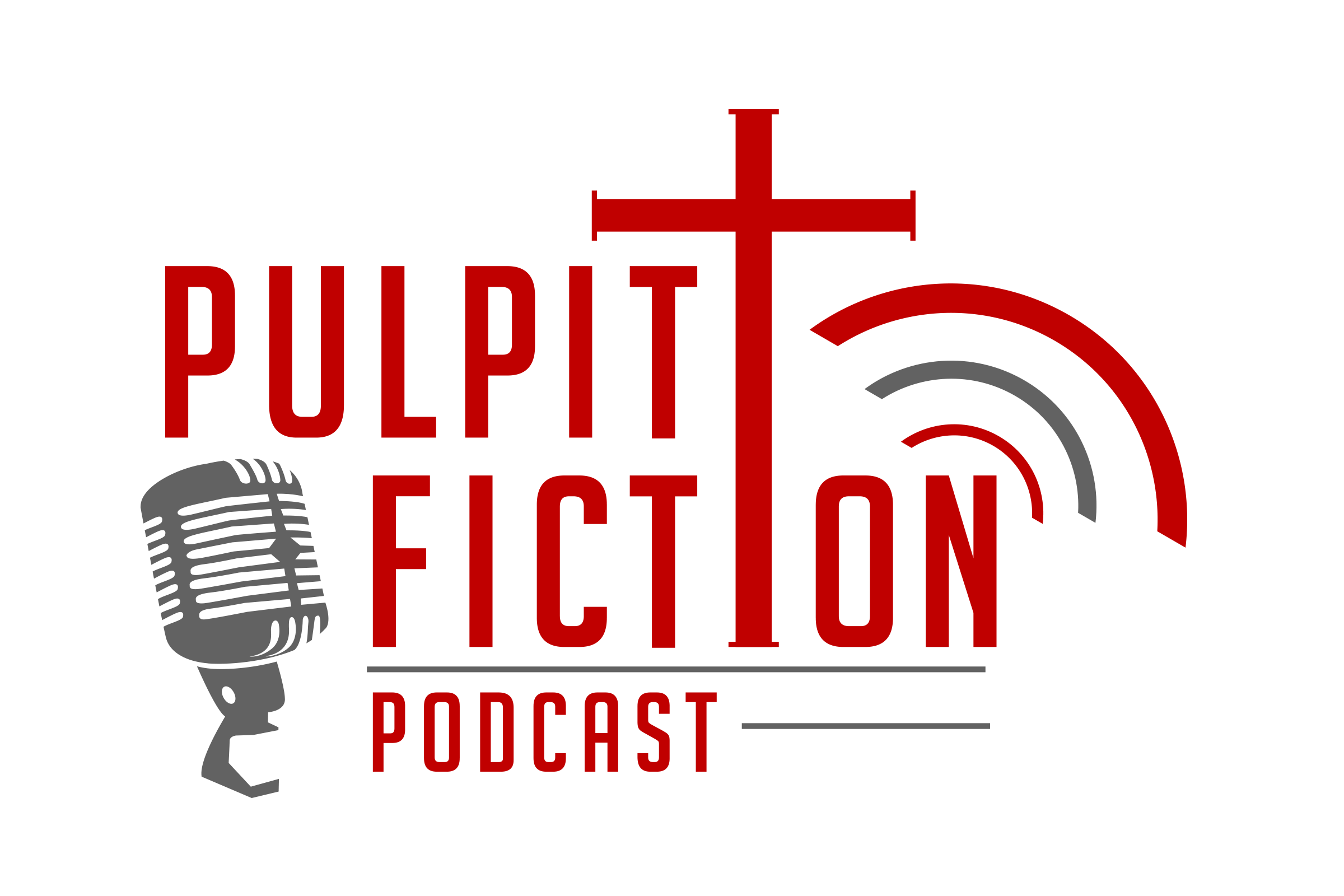NL 119: Genealogy of Jesus
image: Mosaico sobre a genealogia de Jesus em Chora, © José Luiz Bernardes Ribeiro / CC BY-SA 3.0 (Wikimedia)
Matthew 1:1-17
Initial Thoughts
Don’t discount this passage - more theological than it may seem on the surface
Warn your liturgists - don’t spring this reading on them
Consider reading this amazing alternative focusing on the mothers: “The Genealogy of Jesus Christ” compiled by Ann Patrick Ware
Bible Study
Genealogy
γενέσεως, geneseos - literally “An account of the Genesis of Jesus the Christ” - perhaps a direct connected to Genesis (like John 1)
Common in the ancient world, typically to establish someone’s importance and credibility - people are who they are because (at least in part) of who their ancestors were
“Why is it so important that “heroic” human beings come from legitimate and verifiable bloodlines?...Although empowering in many ways, this idea is dangerous. It smacks of a social Darwinism (“the survival of the fittest”) that attempts to play the same game white Westerners have been playing on Africans in America for centuries.” Michael Joseph Brown, “Matthew”, True to Our Native Land, p. 87
Several genealogies exist within scripture: Genesis 10:1-32; 11:10-26; 25:12-28; Exodus 6:16-25; Ezra 7:1-5; 1 Chronicles 1:1-9, and more)
Overview
Connection of Jesus to Abraham - first gentile convert to monotheism, example of faithful obedience to God (even unto the potential sacrifice of Isaac)
Connection to David - the united monarchy of the Israelites, the building of the Temple (under his son, Solomon), example of the “good shepherd” and often held up as the model king (though his primary sin - the taking of Bathsheba and murder of Uriah - is mentioned in this genealogy), rabbinic sources often refer to the messiah as a future ideal Davidic king.
14 generations, Aaron M. Gale, “Matthew”, The Jewish Annotated New Testament, p. 11
Gematria - recognition of number equivalents for Hebrews consonants. The numbers for “David” equal 14 (dalet=4, vav=6, dalet=4).
14 is 7 x 2 and 7 is the number for completeness
Only 13 generations listed since the “return from Babylon” - which may signify the church as the fourteenth and final generation.
Women, Gentiles, and Women who are Gentiles
Tamar - potentially Aramean or Canaanite
Rahab - Cannanite
Ruth - Moabite
Bathsheba - married to a Hittite (Uriah)
Symbolizes the union of the Jewish and Gentiles
Mary - pregnant outside of marriage
Unusual Sexual unions
Tamar - conceived twins with Judah, her father-in-law, uses sex for survival? (Genesis 38)
“This incident should disturb the reader for several reasons. First, Tamar is not an Israelite. Second, Tamar is not Judah’s wife, but his daughter-in-law. Third, the event challenges our idea of how families should operate, because the story is full of deception and inappropriate sexual interaction that cannot fit with our idealized models of biblical families.” Michael Joseph Brown, “Matthew”, True to Our Native Land, p. 87
Rahab - was a prostitute who saved Israel’s spies, her family was spared Jericho’s destruction (Joshua 6:25)
Ruth - complicated relationship with Boaz, uses sex for survival? (Ruth) More in this here and here
Bathsheba - potentially the victim of sexual assault (her wishes or complicity are never reveals - she is depicted as the object of David’s desire whom he took), either way an adulterous relationship (2 Samuel 11:2-12:24) more on this here
None of these women are condemned for these unusual sexual circumstances, rather by naming them they are lifted up. This sets the stage for the unusual conception of Jesus and Joseph’s struggle with how to respond to his pregnant fiancée.
Errors and Omissions
v. 7 - Abijah’s son was Asa, not Asaph
v. 8 - 4 kings are omitted: Ahaziah, Joash, Amaziah, Azariah
v. 10 - Manasseh’s son was Amon, not Amos (Amos was the prophet in the Northern Kingdom during the reign of King Jeroboam II)
v. 11 - Jehoahaz (Shallum) and Jehoiakim, sons of Josiah, are omitted, Jechoniah was the grandson of Josiah
In order to keep the symbolic 14 generations
Other notable names
Zerubbabel, Jewish leader after the Exile (see Ezra-Nehemiah) more here
Thoughts and Questions
Matthew’s genealogy “is not the record of survival of the fittest but the record of ‘survival of the survivors.’ Matthew goes on to highlight this idea forcefully in the account of the events surrounding the birth of Jesus” Michael Joseph Brown, “Matthew”, True to Our Native Land, p. 87
Opening music: Misirlou, One Man 90 Instruments by Joe Penna/MysteryGuitarMan at MIM
Closing Song by Bryan Odeen

